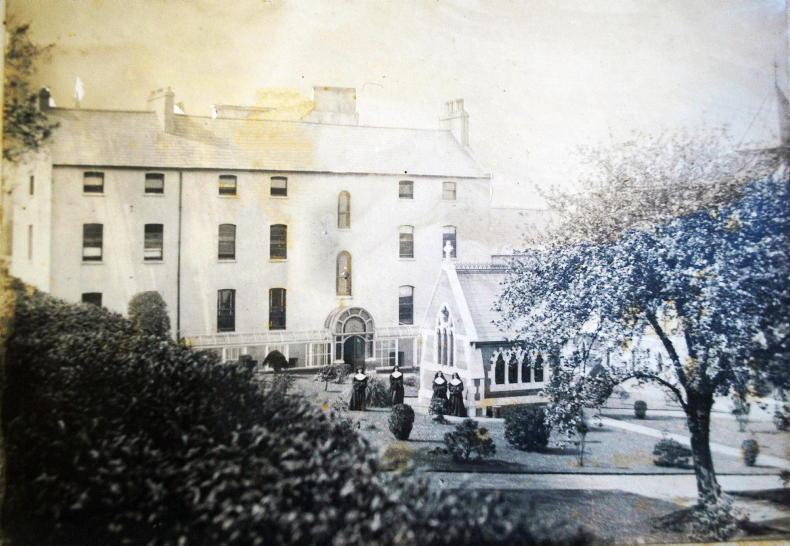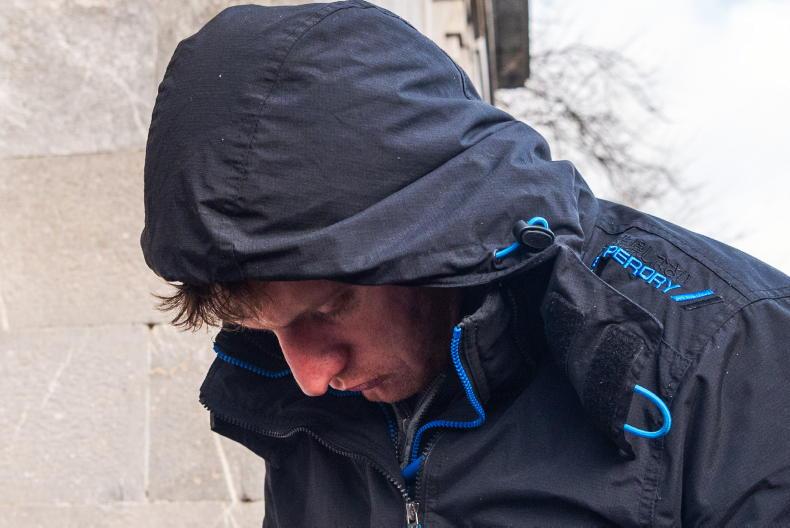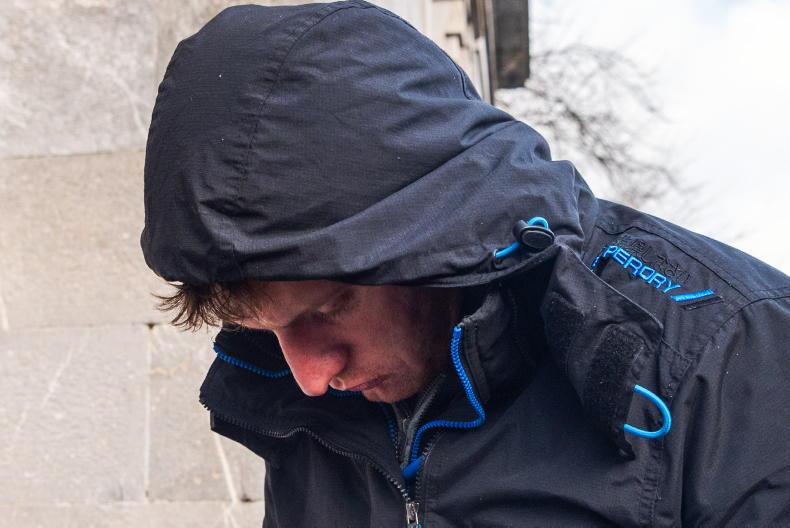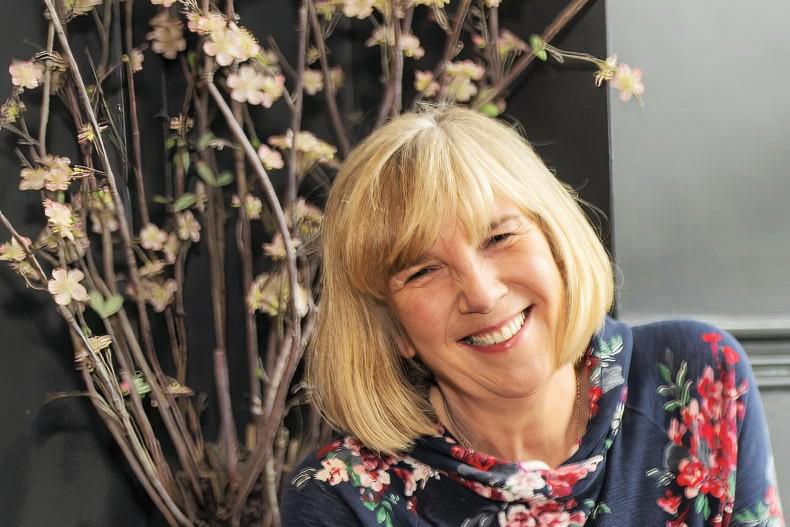South Parish is so interesting, partly because it’s one of the oldest parishes in Cork. It’s just outside where the city walls were, so it’s a real mix of all sorts of things – small narrow streets, ecclesiastical sites (a lot of them Catholic, but not all) and educational establishments, but also a barracks [Elizabeth Fort].
“My interest has been in the South Presentation Convent; I have been using the annals of the Ursuline and Presentation Sisters in which they write about history as they have seen it. They were enclosed in the 18th and 19th century, so they would never actually go out onto the streets.
The nuns were educators, so they would meet all the children – but rarely their parents
“This year is the 250th anniversary of their convent, which is the oldest continuously occupied convent (of an Irish order) in Ireland. In the past, you wouldn’t have recognised it as a convent – they had to build it without the usual paraphernalia, because it was built during penal times. The original building just looks like a house, set back from the road. To go and see the original building you have to walk up a hill. At that time, they were afraid they would be prosecuted for being Catholic and teaching Catholicism.
“The nuns were educators, so they would meet all the children – but rarely their parents. So, they would get the news from the kids they taught. For centuries, they wouldn’t have been outside walking around, but they would still know everything that was going on.
“In their annals, they would periodically write about non-religious things – like the attempted burglary of 1784. Two burglars – or intended robbers – tried to get into the convent. Whether they knew it was a convent or not is unclear, the nun wrote they seemed ‘less courageous than wicked’.
They don’t know what he made of her, but note they were never bothered by a thief since!
“They put a ladder against the wall and woke up one of the nuns. The entry says, ‘she sallied forth’ with a little lantern, but she’s also wearing this white veil and black band and a cloak – as they all would have worn at night – and she’s got this lamp glittering and the burglar clearly sees this woman as a kind of vision, and it’s written he ‘made a hobgoblin of her attire’ and shimmied down the ladder in haste.
“They don’t know what he made of her, but note they were never bothered by a thief since! At this time in history he probably would never have seen a nun in his life – they just weren’t visible in society. To be greeted by this woman – I suspect he ended up in some tavern going, ‘You’ll never guess what happened!’
“There was the remains of an old friary close to the convent, and it was called the Red Abbey. Weirdly, it became a sugar refinery and was then called the Red Abbey Sugar House. They kept masses of sugar there, and beside it there was a paper manufacturer – both highly flammable things.
They realise the bright light isn’t the divine, but the Red Abbey going up in flames
“The nuns, one evening in 1799 (a year after the rebellion which had terrified them) were at prayer and could see this bright light getting brighter outside. They realise the bright light isn’t the divine, but the Red Abbey going up in flames – and they’re convinced they, too, will go up in flames.
“They somehow knew there was 1,300t of coal beside the paper manufacturer so they were shouting to the men outside to ‘mind the coal’. One of their buildings began to go on fire, but somehow it stopped and the convent, despite many buildings around it being annihilated, was unharmed. They obviously put it down to the fact that they were saved by God’s providence.
“Being educators, they talk about the schools a lot, and I found four occasions (at least) where the schools they ran had to be closed because of [disease outbreaks]. In 1818 because of typhoid, in 1832 because of cholera, in 1918-19 because of the flu and in 1956 because of polio... and now because of COVID. They write about how they closed the schools as a way of stopping infections.”
In 2017, Nano Nagle Place was opened to the public. To celebrate their 250th anniversary, the exhibition ‘Changing Habits: 250 Years of Convent Life’ will open on the 1 August 2021.









SHARING OPTIONS